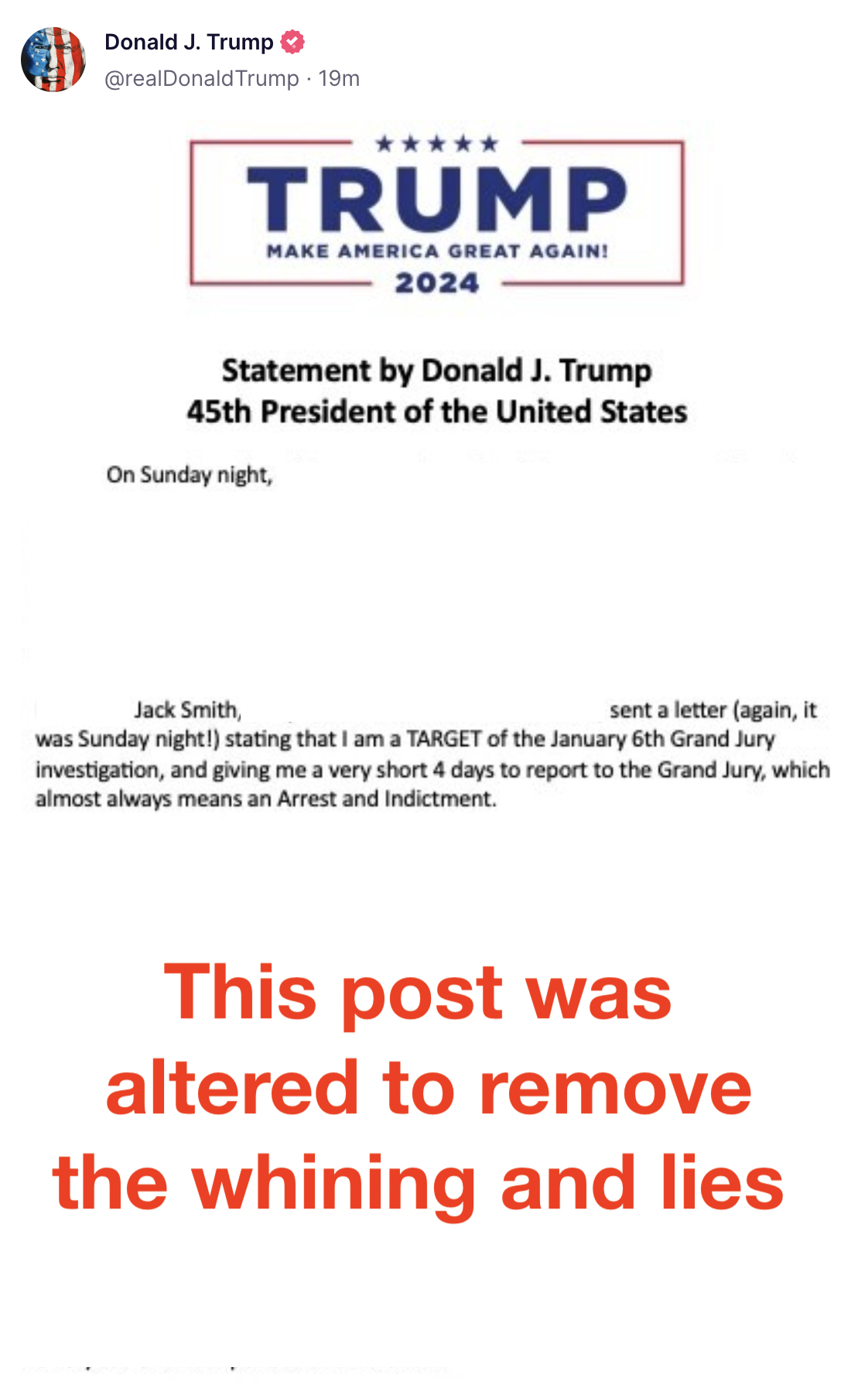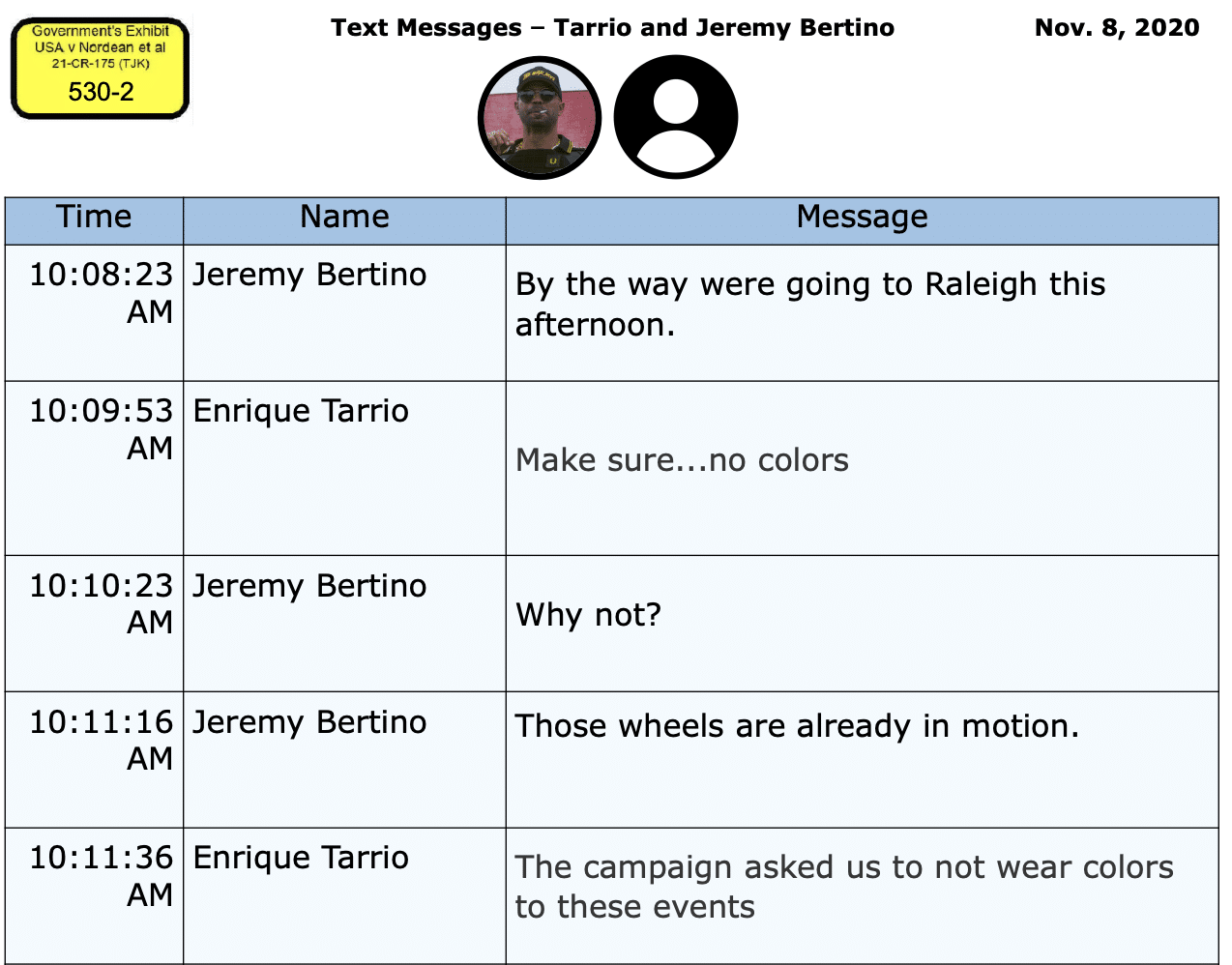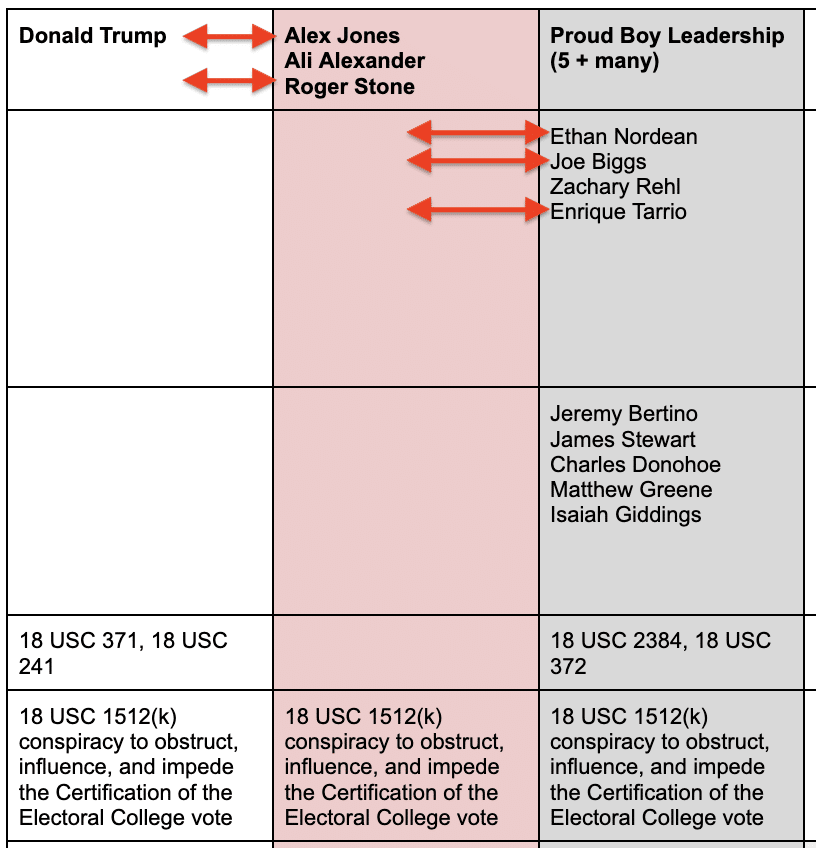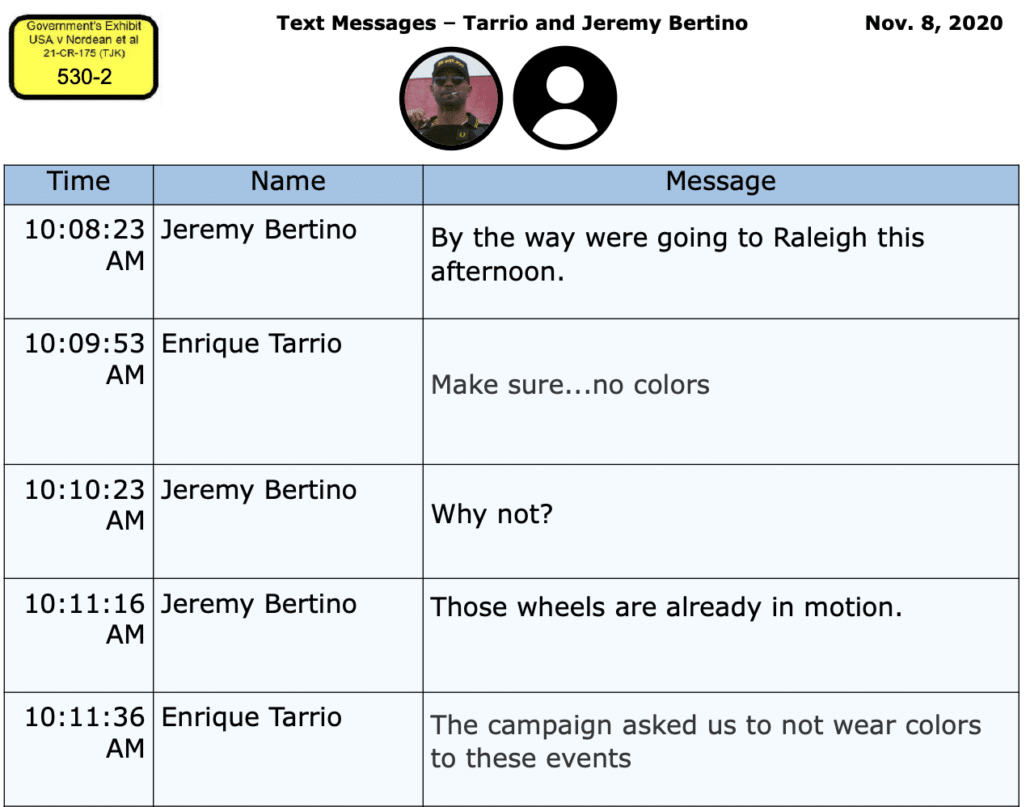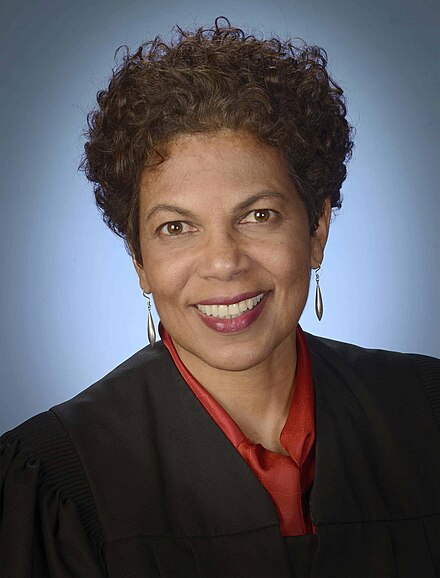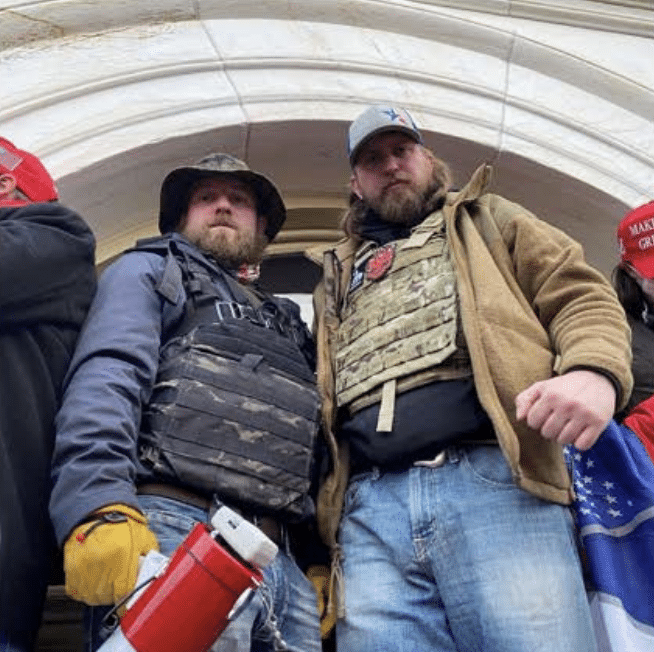As I have shown, Trump’s collective motions to dismiss his January 6 indictment selectively treat the five means alleged in the indictment (pressuring states, the fake elector plot, using Jeffrey Clark, pressuring Pence, and exploiting the mob), never actually dealing with all five as charged.
Rather than addressing the fifth, Mob (“directing supporters to the Capitol to obstruct the proceeding, id. at ¶¶ 86-105; and exploiting the violence and chaos that transpired at the United States Capitol on January 6, 2021”), he instead filed a motion to strike all references to the mob.
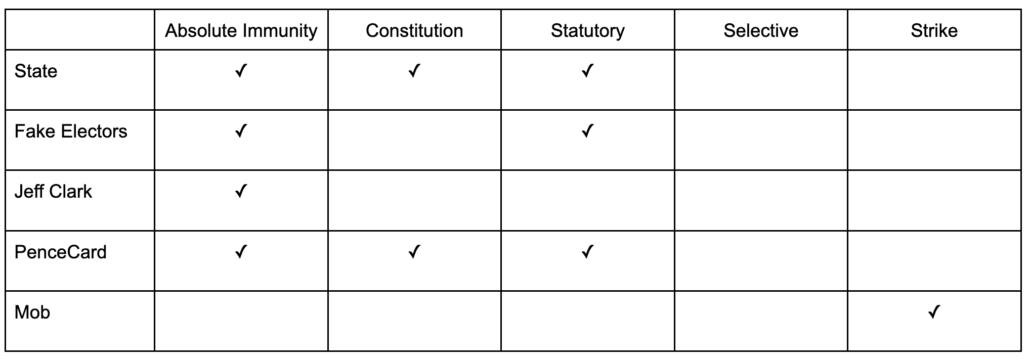
Poof! It is a legalistic way to deny the very same mobsters (DOJ noted in their response) Trump has sung with and promised to pardon, and in so doing simply wish away the abundant evidence that Trump obstructed the vote certification.
It is the stuff of magic wands.
Trump’s reply uses a series of gimmicks to attempt to wish away parts of the indictment against him.
In one lengthy section that might invite a request to file a sur-reply by DOJ, Trump cites some of the greatest hits of articles by journalists who knew little about the investigation to claim that none of the investigation of the mob related to Trump.
12 Mark Hosenball and Sarah N. Lynch, Exclusive: FBI finds scant evidence U.S. Capitol attack was coordinated – sources, REUTERS (Aug. 20, 2021), at https://www.reuters.com/world/us/exclusive-fbi-finds-scant-evidence-us-capitol-attack-wascoordinated-sources-2021-08-20/.
13 William M. Arkin, Donald Trump Didn’t Run the January 6 Riot. So Why Did It Happen?, NEWSWEEK (Jan. 6, 2022), at https://www.newsweek.com/donald-trump-didnt-run-january-6-riotso-why-did-it-happen-1661335.
14 Carol D. Leonnig and Aaron C. Davis, FBI resisted opening probe into Trump’s role in Jan. 6 for more than a year, THE WASHINGTON POST (June 19, 2023), at https://www.washingtonpost.com/investigations/2023/06/19/fbi-resisted-opening-probe-intotrumps-role-jan-6-more-than-year/.
Trump also uses outdated and invented crowd numbers to claim that just a fraction of his mob was part of the mob, focusing just on the mob that entered the Capitol and not the one that besieged it, another part of this motion that might invite sur-reply.
In another place, Trump promises a motion in limine to eliminate all reference to the violence committed in his name, because the sheer violence of it will distract the jury.
For instance, the prosecution claims protesters were “extraordinarily violent and destructive.” Doc. 140, at 11. Even if marginally relevant, which it is emphatically not, the danger of “unfair prejudice, confusing the issues, [or] misleading the jury,” would far outweigh any probative value. F.R.E. 403. The fact that the prosecution even suggests that such inflammatory claims could have an appropriate place in the trial of President Trump only underscores the unfair and malicious way the Special Counsel is pursuing this case on behalf of the Biden Administration against its leading political opponent, President Trump.
In another paragraph of gibberish, Trump says that DOJ can’t include the actions (including of Couy Griffith, who had met with Trump personally) of people who weren’t charged with the same crimes he was and also says that because Merrick Garland generally defined Jack Smith’s mandate to crimes committed by those who weren’t at the Capitol, it means any crimes committed by people at the Capitol must be excluded.
Indeed, the January 6 cases relied on by the prosecution do not support its contention that “actions at the Capitol are relevant and probative evidence” of the charged conduct. Doc. 140, at 2. Several of the cases did not involve any of the charges brought against President Trump, rendering any relevance analysis inapplicable to this case. See, e.g., United States v. Griffith, No. CR 21-244-2, 2023 WL 2043223, at *1 (D.D.C. Feb. 16, 2023) (charges under 18 U.S.C. §§ 1752(a)(1), 1752(a)(2); 40 U.S.C. §§ 5104(e)(2)(D), 5104(e)(2)(G)); United States v. MacAndrew, No. CR 21-730, 2022 WL 17961247, at *1 (D.D.C. Dec. 27, 2022) (same). Those cases that did include at least one charge brought against President Trump (as well as charges not brought against him) all involved defendants who were personally present at the Capitol. Those are the types of cases that the Attorney General specifically carved out of the Special Counsel’s authority in Order No. 5559-2022: “This authorization does not apply to . . . future investigations and prosecutions of individuals for offenses they committed while physically present on the Capitol grounds on January 6, 2021.” Actual presence has been emphasized as an important factor in the relevance analysis. See, e.g., United States v. Stedman, No. CR 21-383 (BAH), 2023 WL 3303818, at *2 (D.D.C. May 8, 2023) (“defendant’s knowing joinder of a broader crowd is probative of his participation in a venture that interfered with a congressional proceeding”).
In yet another tactic, Trump falsely claims that a passage about how Trump’s manipulation of the mob demonstrates his motive pertains exclusively to his tweet attacking Mike Pence.
Despite three pages of narrative, the prosecution only suggests that one of the paragraphs that is subject to the Motion to Strike is appropriate for this purpose: paragraph 111, which relates to a social media post by President Trump concerning Mike Pence. Paragraph 111 does not show motive or intent as it relates to the actions at the Capitol.
In doing so, Trump ignores references to four other paragraphs explicitly cited in DOJ’s response.
As set forth in the indictment, on the morning of January 6, the defendant knew that the crowd that he had gathered in Washington for the certification “was going to be ‘angry.’” ECF No. 1 at ¶ 98. Despite this knowledge—or perhaps because of it—in his remarks to supporters, the defendant told knowing lies about the Vice President’s role in the congressional certification, stoked the crowd’s anger, and directed them to march to the Capitol and “fight.”
[snip]
Although the defendant knew that the certification proceedings had been interrupted and suspended, he rejected multiple entreaties to calm the rioters and instead provoked them by publicly attacking the Vice President. ECF No. 1 at ¶111. And instead of decrying the rioters’ violence, he embraced them, issuing a video message telling them that they were “very special” and that “we love you.” Id. at ¶ 116. Finally, while the violent riot effectively suspended the proceedings over which the Vice President had been presiding, the defendant and his coconspirators sought to shore up efforts to overturn the election by securing further delay through knowing lies. Id. at ¶¶ 119, 120.
Trump here ignores the warning from his aides that the mob was angry, Trump’s video declaring “we love you” to his mob, and Trump’s renewed efforts to prevent the vote certification even after the mob left.
And in two different ways, Trump tries, again, to simply wish away the evidence that Trump corruptly tried to obstruct the vote certification, two of the charges against him. In one, Trump claims that the certification of the election at the Capitol provides no context to charges that he obstructed the certification of the election at the Capitol.
As a final, futile, attempt to establish relevance, the prosecution argues that the actions at the Capitol on January 6 provide “necessary context for all the charged conduct.” Doc. 140, at 12. Nevertheless, again, the prosecution did not charge President Trump with any crime relating to the actions at the Capitol, such as insurrection or incitement. Actions by others—whom the prosecution does not claim were part of any of the alleged conspiracies—do not provide any context for the actions based on which President Trump is charged.
And then, two paragraphs later, Trump points to the paragraph delimitation in just one charge — the conspiracy to defraud the vote certification — that doesn’t exist for the other three charges, to say that DOJ has excluded the actions described in the paragraphs about the mob.
The challenged allegations’ lack of relevance to the charges against President Trump is further demonstrated by the Indictment itself. The Indictment claims that President Trump “and his co-conspirators committed one or more of the acts to effect the object of the conspiracy alleged” in a list of paragraphs. Doc. 1, ¶ 124. The Indictment omits Paragraphs 10(d), 105, 106, 107, 108, 109, 110, 112, or 113 from this list. Thus, the prosecution does not claim that the actions at the Capitol on January 6 were “acts to effect the object of the conspiracy,” an admission that these paragraphs lack relevance to the charged conduct.
Compare the list of paragraphs cited in the 18 USC 371 charge with paragraphs in the other three charges that cite paragraphs 8 through 123.
The allegations contained in paragraphs 1 through 4 and 8 through 123 of this Indictment are re-alleged and fully incorporated here by reference.
Not just his motion to strike, the promised motion in limine, and all his other efforts to, like the Apostle Peter, deny the mob he has made his religion are gimmicks, just efforts to wish away abundant evidence against him.
It all comes off as rather desperate.
And as you consider the flop sweat coming off Trump’s motion to strike, consider this: DOJ must have provided, in discovery, the evidence they plan to use to show what Trump’s mob did and that they did it because of him and his lies. DOJ has repeatedly said they’ve provided the evidence they plan to use at trial. Among the things Trump must have in his possession are the videos that show Danny Rodriguez went directly from hearing Trump’s speech to almost murdering Michael Fanone, and others responded to Trump’s Pence tweet by serving a critical role in opening a second front of the attack on the Capitol and breaching the Senate.
Trump has — must have!! — seen the evidence about his mob DOJ intends to use at trial. And his response is this blubbering effort to wish his mob away.



